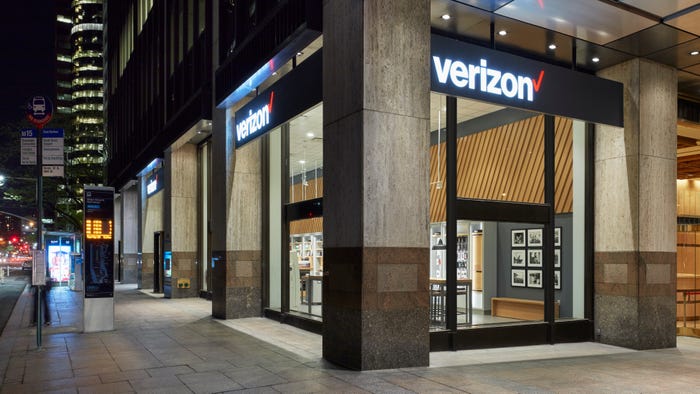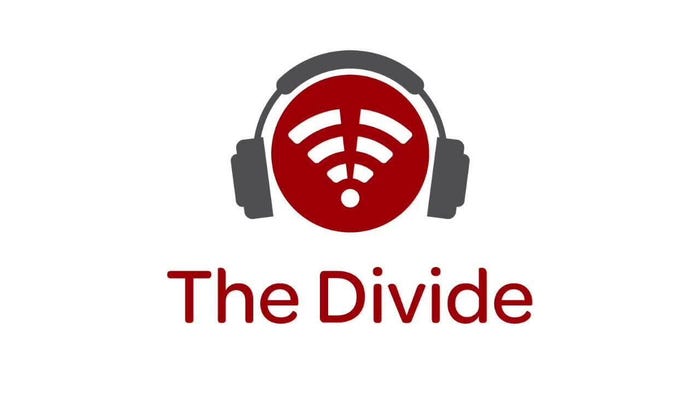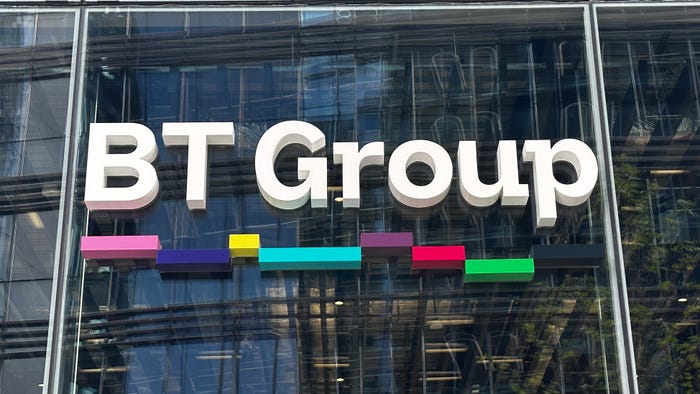thumbnail
Fixed Wireless Access (FWA)
T-Mobile intros more FWA pricing optionsT-Mobile intros more FWA pricing options
T-Mobile said it will now sell a 'Home Internet Plus' fixed wireless access (FWA) service plan with more options, as well as an FWA option that customers can use in a variety of locations. #pressrelease
Subscribe and receive the latest news from the industry.
Join 62,000+ members. Yes it's completely free.












































